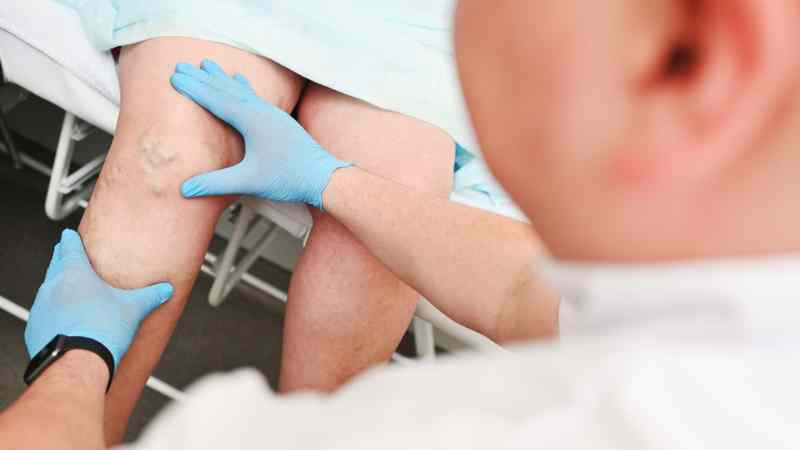My goal for this blog is to provide patients suffering from varicose vein disease in the Chicagoland area with the tools they need to be the most informed patients they can be. Treating your varicose vein disease is a team effort and you are the most valuable player on the team!
While it’s up to the experts at Rosen Vein Care to diagnose and treat your particular issues, the team needs your help in ensuring the best results possible for you. You need to be involved every step of the way. So the first step is to learn about what led you to seek help in the first place.
Chronic venous disease is as fascinating to study as it is challenging to treat. So, fellow freezing Chicago and North Shore residents alike…nuke up a cup of tea in the microwave… grab a cozy blanket…and prepare to curl up with an informative lecture on veins and how they do what they do.
It is important for you to know where those painful bulges and spider veins ultimately came from. Diagnosing vein disease requires obtaining a road map via ultrasound of the unique features of your lower extremity veins. Like snowflakes, no two people’s leg veins are alike…but there are some pretty consistent “major players” that we can typically find.
Over the past decade or two, great tumult existed in the world of Phlebology (the field devoted to treating venous disease) regarding how to name the veins in the lower extremities. You’d think that they would be a rather sedate crowd, but get Phlebologists started on vein nomenclature and…hoo-wee…watch the sparks fly!
Are they “Great” or “Long” saphenous veins? Are they “Small” or “Short” or “Lesser”? Eventually it took a Battle Royal Melee in The Octagon…ok, the equivalent of one in academic medicine…a meeting of international members of the American Venous Forum in 1994…who eventually settled upon the Great and Small saphenous veins.
Great Saphenous Vein:
These veins run from the inner side of your ankle up the leg and thigh and typically end by connecting with a deep vein, the Femoral vein, located near the crease in your groin.
Small Saphenous Vein
Small but scrappy, these veins start on the outer part of your ankle and snake their way back behind your calf and typically end by connecting with the deep system near the crease behind the knee, thusly:
Perforator Veins
These veins are interconnections between superficial and deep veins. For those readers in the Northern Suburbs of Chicago, think of the spur between I-294 and the Edens Expressway, only shorter and bloodier.
Perforators used to be named after famous vascular surgeons of yesteryear…but today’s kids, let me tell you, with their Rock-n-Roll music and their Facetweet whatnots…have NO respect for history…and now just refer to the perforators based on where you find them (thigh, calf, etc.).
I’m hoping that the pendulum might shift back and someday there’ll be a Vein of Rosen. No doubt it will be short and cute. With my luck it will probably be located on the buttocks.
Given the variation between patients and even between the left and right lower extremities of the SAME patient…other accessory branches may also be the culprit in your particular case.
This is why it is important for patients to schedule a 60 minute consultation session at Rosen Vein Care that typically includes a detailed ultrasound examination of both lower extremities.
Stay tuned for Lecture Series 103: Vein Physiology (How They Do What They Do)
Meanwhile, if you have specific questions regarding the treatment of chronic lower extremity pain, swelling, cramping, itching and other symptoms related to varicose vein disease and if you would like specific consultation regarding the elimination of bothersome varicose and spider veins
CALL US TO SCHEDULE AN APPOINTMENT NOW 847-272-8346.

